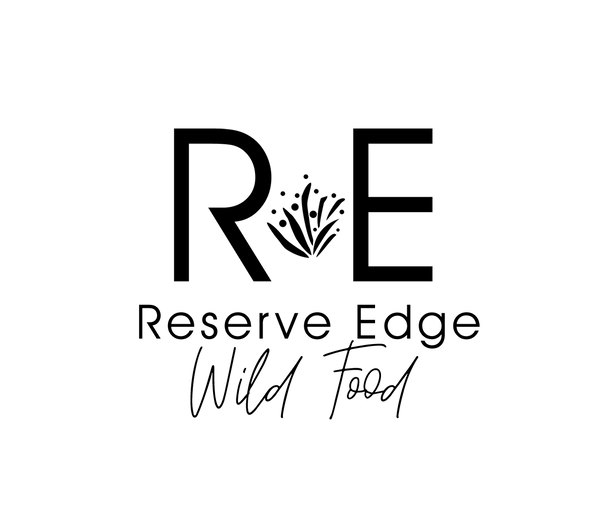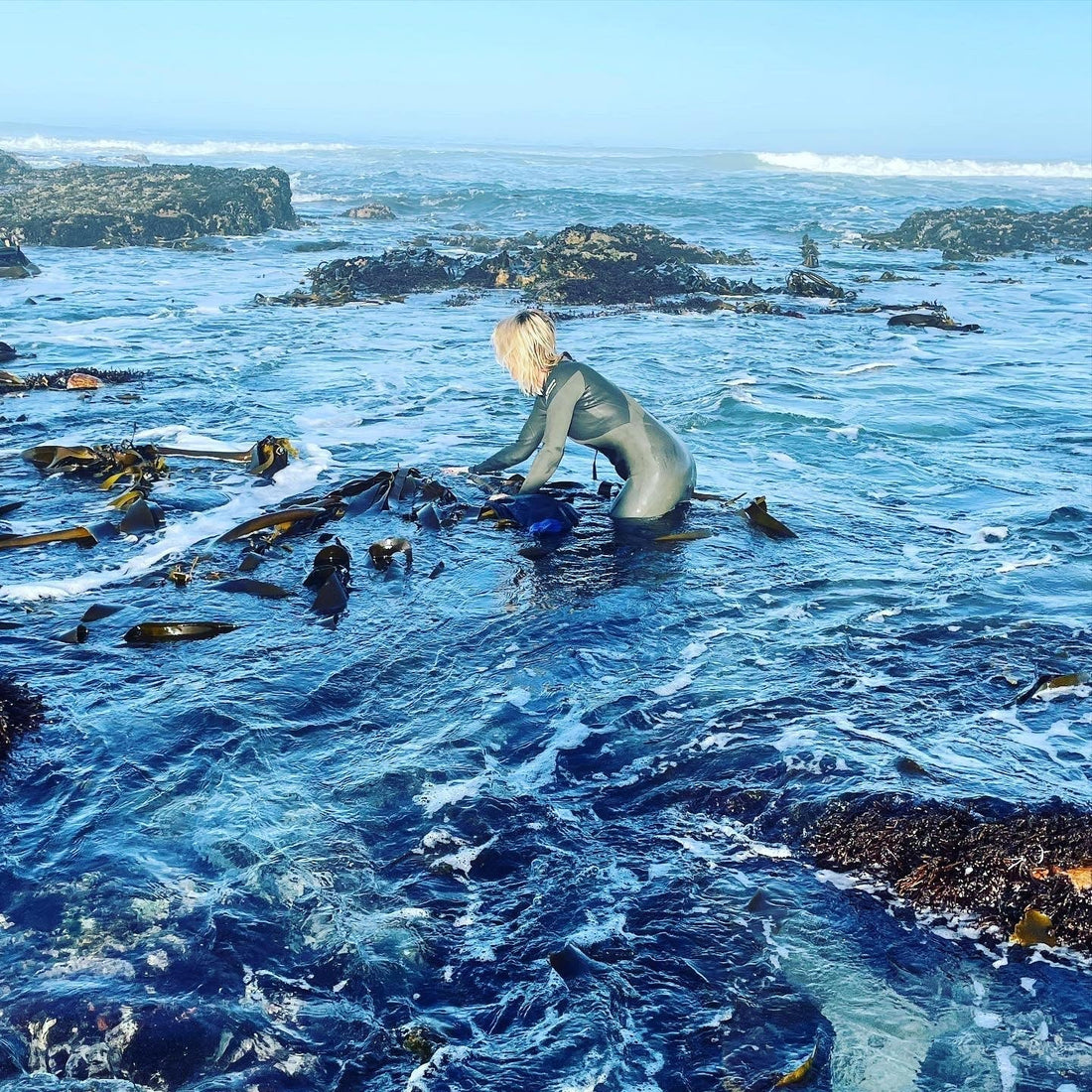
I’ve always loved the beach. My happiest childhood memories are of sun-drenched days playing in rock pools, lost in the magic of the sea.
Life has taken me on a winding path. I moved countries and shifted between careers, always searching for a deeper sense of connection and purpose.
Discovering freediving was a turning point—it felt like coming home. In the deep blue, I found stillness. Immersed in nature, the noise of the world disappeared. That’s where I fell in love with seaweed—its kaleidoscope of colours, the way it sways in the current, sparkling in the dappled light.
After leaving my work in wildlife documentaries I became a snorkelling instructor. Curious clients often asked about edible seaweeds—and so began my seaweed journey. One asked for a kelp lasagna, another for a workshop. Slowly, organically, a business was born.
A sudden breast cancer diagnosis deepened my interest in the healing power of wild foods. The Covid lockdown offered time to research and experiment, and also sparked renewed public interest in foraging—for both health and food security.
There have been moments I’ve wanted to give up. But whenever I reached my lowest point, a message would arrive from someone yearning to learn how to forage. It became clear that this work is not just mine—it’s meeting a real and growing need.
Kelp is one of the fastest-growing organisms on Earth. Some species can grow up to 50 cm in a single day. Though our local kelp is more modest—about 1 cm daily—it plays a vital role in the ecosystem. Kelp forests absorb more carbon than the Amazon rainforest. They support abundant marine life—sea squirts, anemones, nudibranchs, fish of every colour—and they regulate nutrients, preventing algal blooms.
Kelp is also incredibly nourishing. Rich in iodine, potassium, minerals, and trace elements, it’s a superfood for both humans and animals. On land, it’s a powerful biostimulant for soil and is used globally in bioplastics, cosmetics, and pharmaceuticals. In many ways, seaweed is already woven into our daily lives—we just don’t realise it.
I’m passionate about sharing what I’ve learned and helping others rediscover this sustainable resource that lives right on our doorstep. It’s not always easy, working against cultural norms that prioritise meat and supermarket convenience. But we all once knew how to forage for our own food and medicine.
The SAN First People ate seaweed. So did the Vikings. In Iceland, seaweed has been part of the diet since 960 BC. Ancient Chinese poetry from 800 BC praises the delicacy of sea vegetables. Hawaiian nobility cultivated seaweed gardens, transplanting rare varieties near their homes and tending them with care.
Today, seaweed remains a staple in many Eastern cultures. Porphyra—known as Purple Lava, Nori, Kim, or Chi Choy depending on the culture—is the most widely eaten seaweed in the world. In the British Isles, it’s used in traditional Lava Bread: boiled into a mush, rolled in oats, and pan-fried.
My hope is that this ancient knowledge finds its way back into Western culture. Seaweed has nourished us for centuries. It has the power to heal our bodies, restore ecosystems, and offer hope in a time of crisis.
This planet can be Saved by Seaweed.

